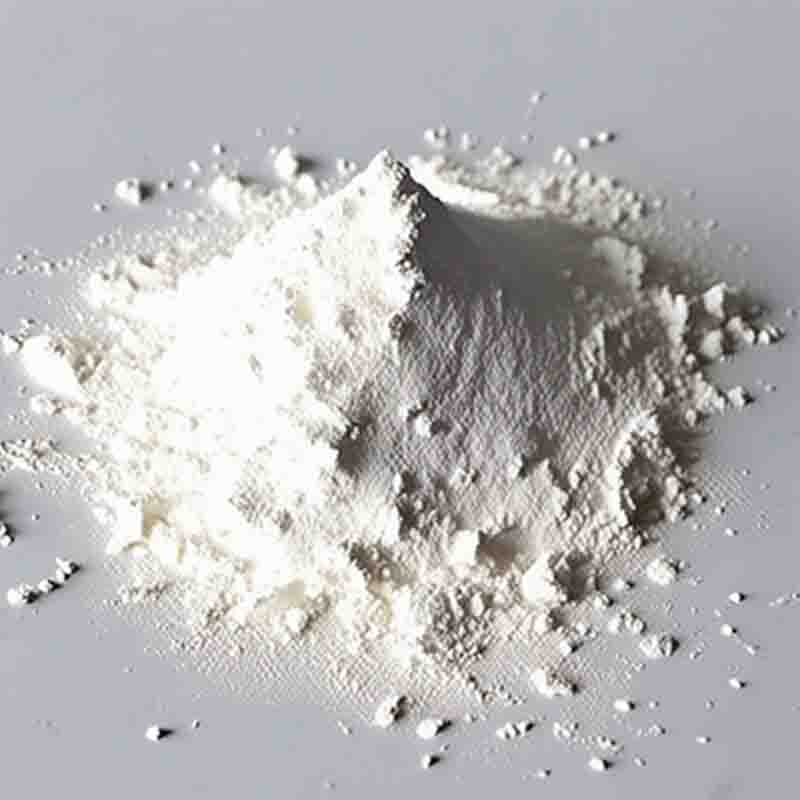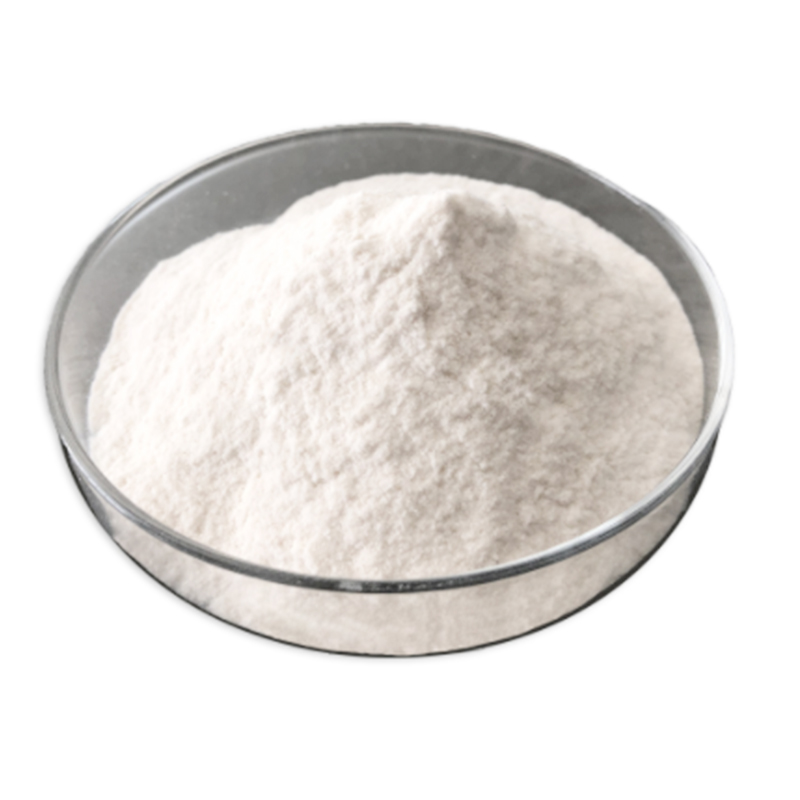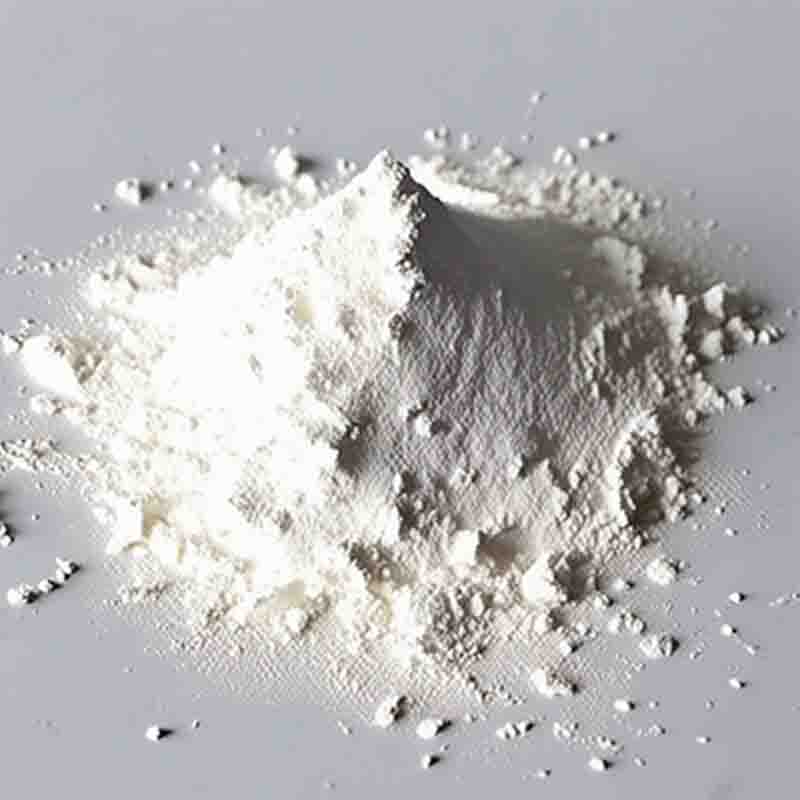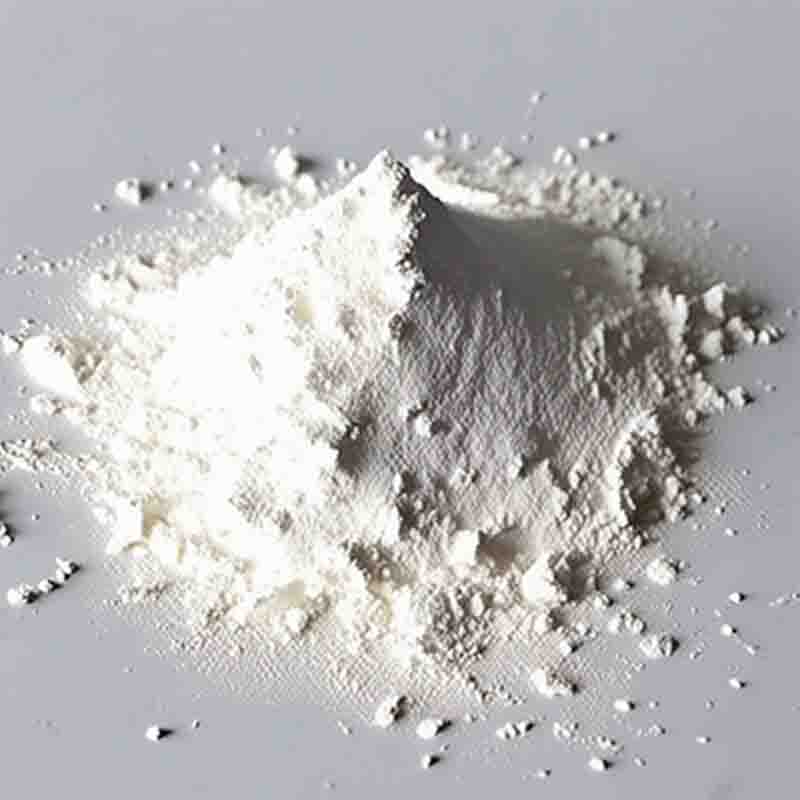3,9-Bis(1,1-dimethyl-2-hydroxyethyl)-2,4,8,10-tetraoxaspiro[5.5]undecane CAS:1455-42-1
| Catalog Number | XD95265 |
| Product Name | 3,9-Bis(1,1-dimethyl-2-hydroxyethyl)-2,4,8,10-tetraoxaspiro[5.5]undecane |
| CAS | 1455-42-1 |
| Molecular Formula | C15H28O6 |
| Molecular Weight | 304.38 |
| Storage Details | Ambient |
Product Specification
| Appearance | White powder |
| Assay | 99% min |
3,9-Bis(1,1-dimethyl-2-hydroxyethyl)-2,4,8,10-tetraoxaspiro[5.5]undecane, also known as Bis-MPA, is a compound that exhibits unique properties and has several potential effects in different applications. Let's explore some of its key characteristics and impacts.Bis-MPA is a spirocyclic compound with a complex and rigid structure, making it an excellent building block in the synthesis of various materials. Its structure contains multiple functional groups, including hydroxyl and ether groups, which grant it a high chemical versatility. This allows Bis-MPA to undergo reactions such as esterification, polymerization, crosslinking, and more, making it valuable in the production of polymers, resins, and coatings.One of the main applications of Bis-MPA is in the field of polymer chemistry. It can be used as a monomer to create high-performance polymers with exceptional mechanical and thermal properties. The presence of the spirocyclic structure in Bis-MPA enhances its rigidity, resulting in polymers with high glass transition temperatures and improved resistance to heat and chemicals. These polymers find use in various industries including automotive, aerospace, electronics, and adhesives, where high-performance materials are essential.Furthermore, Bis-MPA's unique structure allows it to act as a versatile crosslinking agent. By incorporating Bis-MPA into a polymer matrix, it can form chemical bonds between polymer chains, improving the mechanical strength and stability of the material. This crosslinking effect is particularly valuable in applications such as coatings, sealants, and composites, where durability and resistance to degradation are crucial.Bis-MPA also exhibits potential in the field of drug delivery systems. Its hydrophilic nature can enhance the solubility and stability of drug molecules, making it suitable for encapsulating and delivering pharmaceutical compounds. Additionally, the presence of hydroxyl groups in Bis-MPA allows for the attachment of targeting ligands, enabling site-specific drug delivery for enhanced therapeutic efficacy.In summary, 3,9-Bis(1,1-dimethyl-2-hydroxyethyl)-2,4,8,10-tetraoxaspiro[5.5]undecane, or Bis-MPA, is a compound with unique properties and various potential effects. Its applications range from polymer chemistry, where it can be used as a monomer and crosslinking agent, to drug delivery systems, where its hydrophilicity and functional groups offer advantages in solubility and targeting. The rigid and complex structure of Bis-MPA makes it a valuable building block in the synthesis of high-performance materials. However, further research and development are necessary to fully understand and harness the potential of this compound in different fields.


![3,9-Bis(1,1-dimethyl-2-hydroxyethyl)-2,4,8,10-tetraoxaspiro[5.5]undecane CAS:1455-42-1 Featured Image](https://cdn.globalso.com/xdbiochems/白色粉末21332.jpg)
![3,9-Bis(1,1-dimethyl-2-hydroxyethyl)-2,4,8,10-tetraoxaspiro[5.5]undecane CAS:1455-42-1](https://cdn.globalso.com/xdbiochems/粉末1878.jpg)





